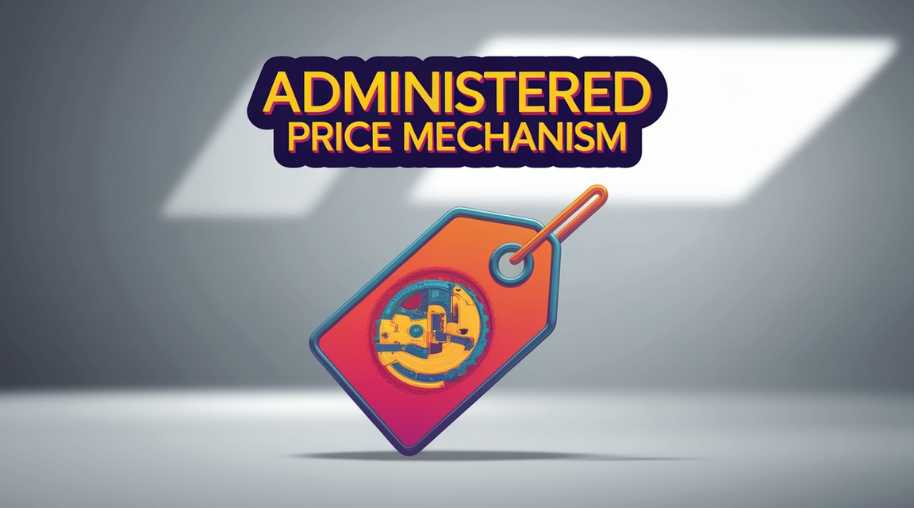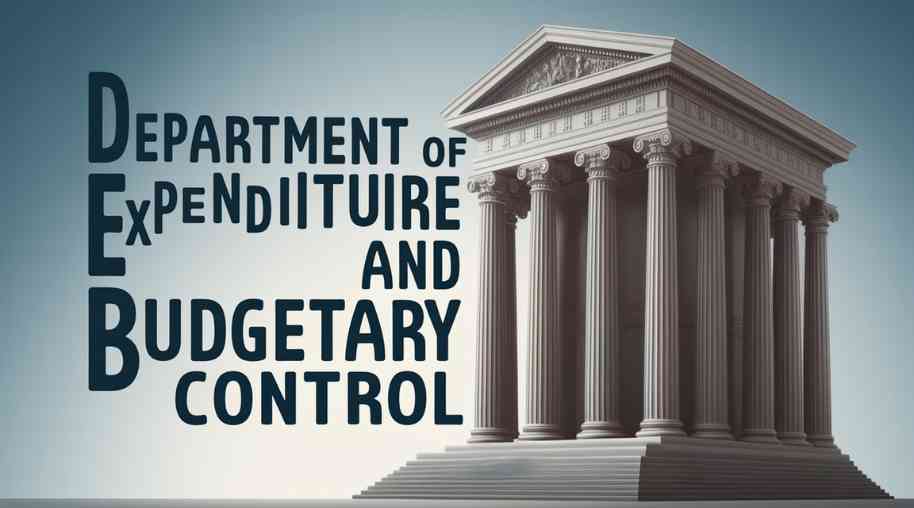APM Full Form - Administered Price Mechanism
by Shashi Gaherwar
0 2152
Administered Price Mechanism: Concept, Impact, and Challenges
Introduction
The Administered Price Mechanism (APM) is a system where the government regulates prices of essential goods and services instead of allowing market forces to determine them. It is primarily used in sectors like fuel, agriculture, and healthcare to ensure affordability and economic stability.

This article explores the concept, benefits, challenges, and impact of APM on the economy and consumers.
What is the Administered Price Mechanism (APM)?
APM refers to a government-controlled pricing system in which the state sets the price of essential commodities to ensure stability, affordability, and social welfare. This mechanism is commonly applied to:
- Petroleum products (petrol, diesel, kerosene, LPG)
- Agricultural goods (fertilizers, sugar, food grains)
- Essential services (electricity, healthcare, transport)
The primary goal is to protect consumers from price volatility, especially in crucial sectors that impact daily life and national development.
Objectives of APM
- Ensuring Price Stability – Protect consumers from market fluctuations and inflation.
- Making Essential Goods Affordable – Keep fuel, food, and healthcare within reach of the common people.
- Supporting Farmers and Industries – Provide subsidized inputs like fertilizers and energy.
- Regulating Monopoly Sectors – Prevent exploitation in sectors where competition is low.
- Social Welfare and Economic Growth – Balance economic growth with social equity.
How APM Works in Key Sectors
- APM in Fuel Pricing
Until the early 2000s, India controlled petroleum product prices to ensure stable fuel costs.
The government subsidized kerosene, LPG, and diesel to support households and industries.
Over time, India deregulated petrol (2010) and diesel (2014), linking them to market rates, while LPG and kerosene remain partially controlled. - APM in Agriculture
The government fixes Minimum Support Prices (MSP) for crops like wheat and rice to protect farmers from price crashes.
Fertilizers and seeds are subsidized under APM to encourage food production.
Public Distribution System (PDS) supplies food grains at fixed rates to poor households. - APM in Healthcare and Pharmaceuticals
Essential medicines fall under price regulation to prevent overcharging.
The Drug Price Control Order (DPCO) limits the cost of life-saving drugs.
Government hospitals provide subsidized treatment under the APM framework.
Benefits of the Administered Price Mechanism
- Protects Consumers from High Prices – Prevents inflationary pressure on basic goods.
- Supports Economic Growth – Keeps input costs low for industries like agriculture, transport, and energy.
- Ensures Social Welfare – Helps low-income families afford essentials like food, fuel, and medicine.
- Reduces Market Exploitation – Prevents monopolies from overpricing essential goods.
- Encourages Industrial Stability – Maintains steady input costs, boosting economic confidence.
Challenges of APM
- Fiscal Burden on the Government
Continuous subsidies create a huge financial strain on the government.
Fuel and fertilizer subsidies account for a significant portion of budgetary spending. - Market Distortions
APM discourages competition, leading to inefficiency and corruption.
Black markets emerge when subsidized goods are resold at higher prices. - Delayed Price Adjustments
Fixed prices can lead to artificial shortages in times of rising global costs.
Slow adjustments cause huge losses for companies operating in APM sectors. - Burden on Private Sector
Regulated prices reduce profitability for private businesses, discouraging investment.
In sectors like energy and pharmaceuticals, innovation suffers due to fixed pricing.
The Future of APM: Reforms and Policy Changes
Governments worldwide are gradually shifting towards partial deregulation to balance stability and efficiency. In India, recent reforms include:
- Fuel price deregulation to align with global markets.
- Direct Benefit Transfer (DBT) for LPG and fertilizers, reducing subsidy leakages.
- Gradual MSP restructuring to encourage market-driven pricing in agriculture.
The Administered Price Mechanism (APM) has played a vital role in stabilizing the economy and protecting vulnerable populations. However, its challenges, including fiscal burden and market inefficiencies, require careful policy reforms. A balanced approach—where price control is combined with market-based pricing and targeted subsidies—can ensure sustainable economic growth while safeguarding social welfare.
Further Learning Resources
If you’re passionate about building a successful blogging website, check out this helpful guide at Coding Tag – How to Start a Successful Blog. It offers practical steps and expert tips to kickstart your blogging journey!
For dedicated UPSC exam preparation, we highly recommend visiting www.iasmania.com. It offers well-structured resources, current affairs, and subject-wise notes tailored specifically for aspirants. Start your journey today!

Share:








Comments
Waiting for your comments